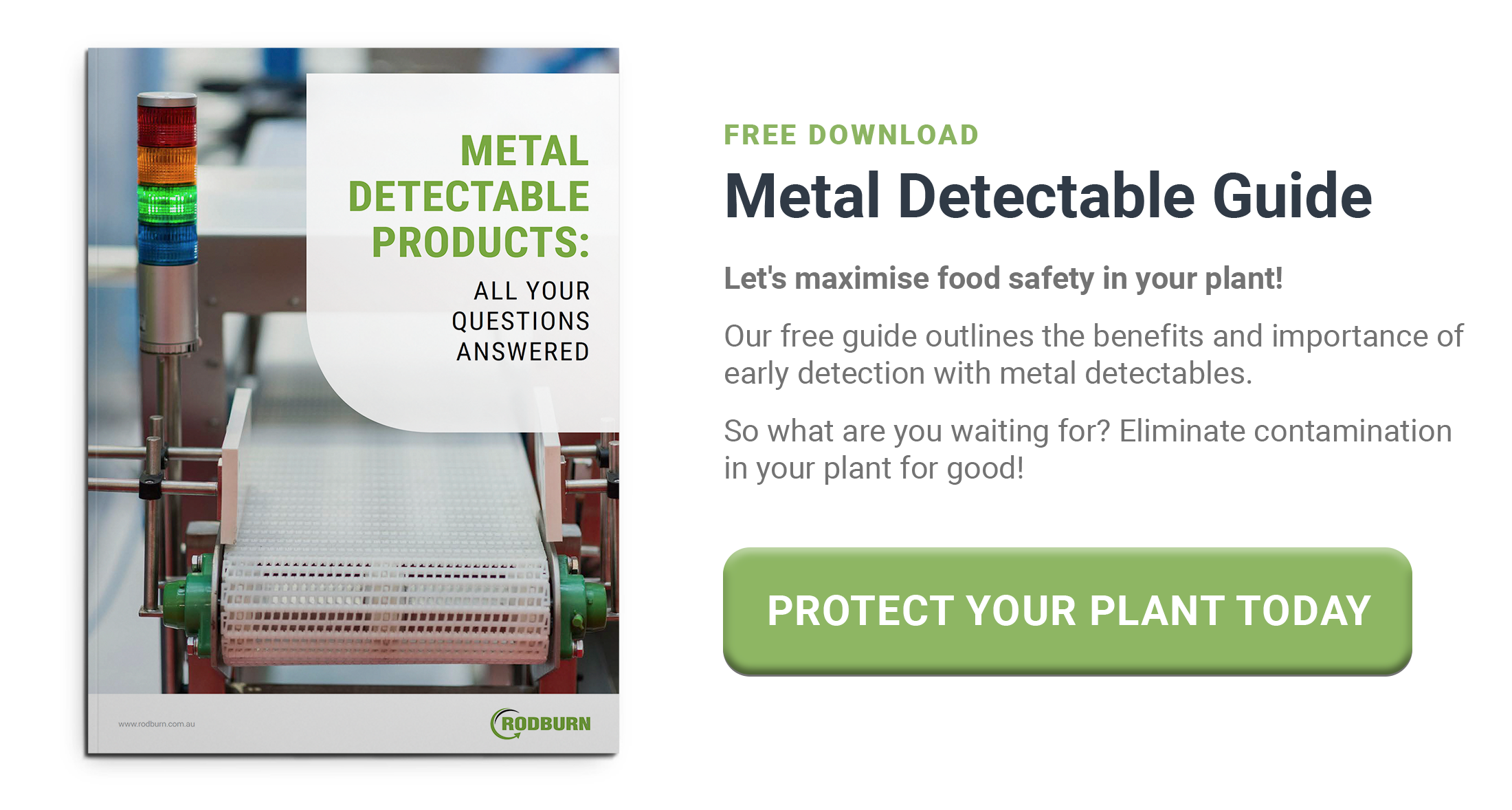Cross contamination is a major source of food contamination and spoilage, having dire consequences for consumers and food manufacturers alike. Cross contamination occurs when bacteria is passed from one type of contaminated food to another, resulting from poor handling and storage practices.
Contamination can take place in a number of different ways, with a variety of scenarios enabling bacteria or pathogens to be transported from one object to another. Here the five most common causes of cross contamination, and ways that you can successfully avoid them.
- Personal Hygiene
First rule of food production is that staff need to be very aware of their responsibility to maintain excellent personal hygiene standards. Cross contamination can take place when food handlers cough or sneeze, or if they touch their face and hair. This can be avoided by wearing the appropriate protective clothing, and by ensuring that staff wash their hands regularly and throughly when they are handling food.
- Utensils
Cross contamination can occur when utensils that come into contact with contaminated items or ingredients are used to prepare or serve food. Separate utensils must always be used when preparing different types of food. For example, staff should never use the same chopping board or knife to prepare raw meat and ready-to-eat foods. The use of colour-coded utensils for different sections of the plant is one way to prevent this from occurring.
- Raw food storage
One of the most common types of cross contamination is when raw food comes into contact with cooked or ready-to-eat food. Raw food should always be covered and stored below cooked foods to avoid this kind of contamination from taking place. At all times there should be a physical separation between raw and cooked foods, and clean filtered air should flow from finished product or packaging areas to raw product handling areas.
- Pest and waste control
Flies, cockroaches, mice and rats carry harmful bacteria, and this can be transported from one place to another. Highly monitored pest control procedures can prevent this from taking place, while ensuring that toxic baits are placed and stored away from food processing areas. It is also vital to adequately seal and store garbage in ways that prevent it from coming into contact with food, with regular cleaning and sanitisation of bins being carried out.
- Clothing
Clothing is another common source of cross contamination, as dirty clothes can transport bacteria from one place to another. If possible, clothing should be replaced when moving from one work area to another in order to prevent this from taking place. This is particularly essential when working with allergens or other high-risk foods, as even small trace amounts can cause potentially fatal allergic reactions in affected consumers.
There are many ways that cross contamination can occur in food manufacturing environments, but with the right training, procedures and awareness they can be easily avoided. Employers and staff alike must be trained in all the relevant GMPs, and visitors should also be made aware of their responsibilities when entering food handing areas. With vigilance and adequate processes in place you can ensure the health and safety of the general public.




